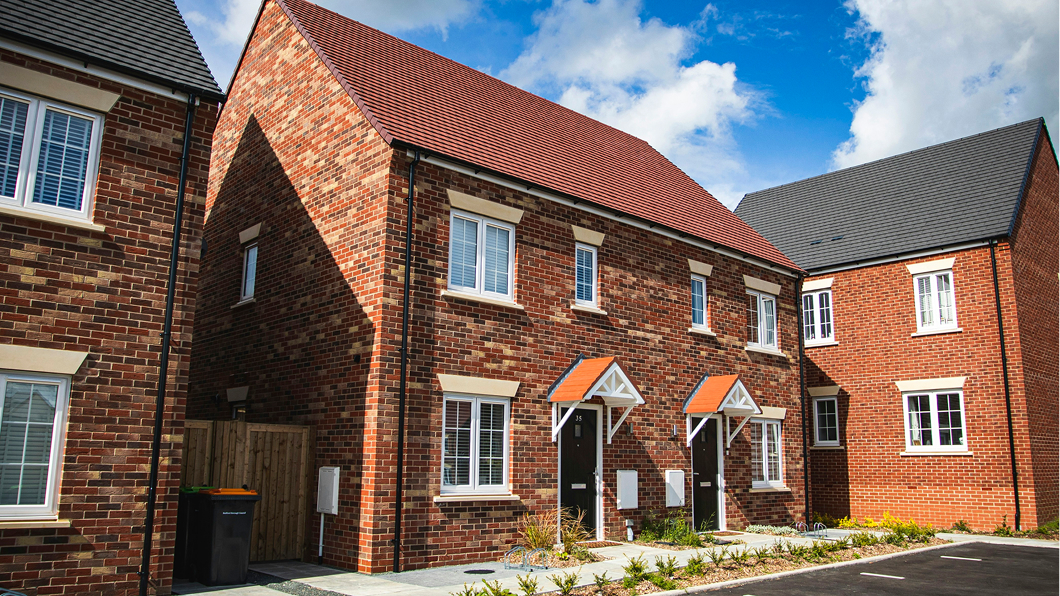Paying for kitchen renovations can be expensive but also has the potential to add thousands of pounds to the value of your home. Done right, a kitchen makeover can be a worthwhile investment.
If you’re thinking of taking the plunge and sprucing up your kitchen – whether you’re simply replacing the units and flooring with modern alternatives, or you’re opting for a complete remodel – it’s important to carefully consider the best way to pay for your chosen improvements.
Weighing up your options
The cost of your kitchen renovations will depend on what you’re planning. If you’re only looking to make small improvements and your kitchen isn’t particularly big, costs may sit around the £5,000 mark. You may be able to cover this with your savings or even a credit card.
On the other hand, if you’re looking to invest in a high-end kitchen and a complete redesign, costs will likely be much higher, say £25,000 or more. If that’s the case, using your savings might not be an option and you might prefer to borrow funds instead.
Traditional borrowing methods include applying for a personal loan or remortgaging, but these both have their drawbacks. A more flexible option to consider is to use a home equity line of credit, or HELOC, to pay for your kitchen renovations.

How a HELOC works
With a HELOC, you borrow against the equity that you’ve built up in your home. Your loan is secured against your property and you receive the funds as a line of credit, rather than as a lump sum as you would with a standard loan.
You can then draw on your line of credit as and when required over a period of up to five years and up to your agreed limit. During this period, you will also be able to repay and then redraw if you wish to. You will only ever pay interest on the funds you withdraw.
What are the advantages of using a HELOC for kitchen renovations?
The biggest advantage of using a HELOC for your kitchen improvement plans is there’s no need to be 100% accurate with your budgeting – you can simply tap into your line of credit when needed for up to five years, as long as you don’t exceed your agreed limit.
Let’s say your agreed limit is £30,000. You expect your kitchen renovations to cost £25,000 but in fact, they come to £28,000. Rather than worrying about where to get the remaining £3,000 from, as you might have done with a £25,000 loan, you simply draw the additional funds from your HELOC.
On the other hand, if your kitchen renovation costs are actually lower than expected, say £20,000, you won’t pay any interest on the £10,000 you haven’t touched.
Another advantage is that there are no early repayment charges (ERCs) if you want to pay back your loan earlier than planned. You’ll be able to repay over a period of up to 30 years. It will all depend on how much you need to borrow, what rate of interest you can get and how much you can afford to repay each month.
When overpaying, you can choose to either reduce the duration of your term or keep the same term but have lower monthly repayments.
Finally, a HELOC will also enable you to borrow more than you could with a credit card or personal loan. At Selina Finance, the minimum amount you can borrow is £10k and the maximum is £500k.
What should you watch out for?
As with any type of credit, you’ll need a good credit history to qualify for a HELOC. What’s more, you will need to be a homeowner and be on the title deeds of the property. Further eligibility requirements apply, including being a UK resident for instance.
You can borrow up to 85% LTV and a one-off product fee of £1,395 will apply.
Think carefully before securing other debts against your home. Your home may be repossessed if you don’t keep up repayments on a mortgage or any other debt secured on it.






